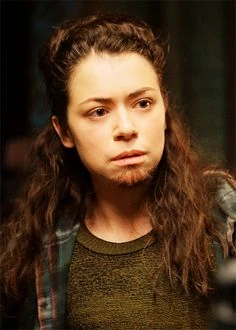Transition: Test Shoot
After scouting our location a few days prior, today we collected our equipment and went to set it up on location. This would save us time setting up on our shoot day and gave us the opportunity to do a few test shots and block out scenes to see how the would look on camera. Helping us plan and block our actual shoot.
Testing Shots
Using the track and dolly we were able to see how much freedom of movement we had with the camera, and how quickly we could react to changes in movement.
We were able to see what the rooms looked like on camera, especially in terms of lighting and white balance. Even though there was low light we found that with the help of LED's we could cut in very close without losing quality.
We used this as an opportunity to see how we needed to dress the set to avoid a distracting background, removing posters childish items, and opening the blinds slightly for more eery lighting. All of this puts us in the right frame of mind for our shoot and will save us time later down the line.
We were able to see what the rooms looked like on camera, especially in terms of lighting and white balance. Even though there was low light we found that with the help of LED's we could cut in very close without losing quality.
We used this as an opportunity to see how we needed to dress the set to avoid a distracting background, removing posters childish items, and opening the blinds slightly for more eery lighting. All of this puts us in the right frame of mind for our shoot and will save us time later down the line.
Blocking
Using me as a stand in George and Drey were able to block out the scene. They figured out how they could work with the space in the room and the low ceiling. They could also block the scene using the dolly to ensure that our actress didn't walk out of frame and that they could track her standing up at a steady pace.
We worked out how fast/slow the pacing needed to be, setting us up for tomorrow. We also could see how well the subject stayed in focus as they moved towards the camera.
Drone
In the back garden of our shooting location, I took the opportunity to test out the drone. I wanted to see how steady the shots would look even in poor conditions. This also gave me a chance to practice flying it within the space I had available and whether or not the active tracking software would work.
The results of our test shoot can be seen above/bellow.
Using me as a stand in George and Drey were able to block out the scene. They figured out how they could work with the space in the room and the low ceiling. They could also block the scene using the dolly to ensure that our actress didn't walk out of frame and that they could track her standing up at a steady pace.
We worked out how fast/slow the pacing needed to be, setting us up for tomorrow. We also could see how well the subject stayed in focus as they moved towards the camera.
Drone
In the back garden of our shooting location, I took the opportunity to test out the drone. I wanted to see how steady the shots would look even in poor conditions. This also gave me a chance to practice flying it within the space I had available and whether or not the active tracking software would work.
The results of our test shoot can be seen above/bellow.

















